For experts in cold-stratification -- native seeds.
njbiology
9 years ago
Featured Answer
Sort by:Oldest
Comments (8)
morz8 - Washington Coast
9 years agolast modified: 9 years agoRelated Professionals
West Milford Landscape Architects & Landscape Designers · Beavercreek Landscape Architects & Landscape Designers · South Elgin Landscape Architects & Landscape Designers · Buford Landscape Contractors · Brookline Landscape Contractors · Cicero Landscape Contractors · Placerville Landscape Contractors · Santa Ana Landscape Contractors · Sun City Center Landscape Contractors · Antioch Landscape Contractors · Arlington Carpenters · Lake Worth Carpenters · Piedmont Carpenters · Charleston Fence Contractors · Goose Creek Fence Contractorsmorz8 - Washington Coast
9 years agolast modified: 9 years agojebfarm
9 years agolast modified: 9 years agonjbiology
9 years agolast modified: 9 years agodocmom_gw
9 years agolast modified: 9 years agojebfarm
9 years agolast modified: 9 years agonjbiology
9 years agolast modified: 9 years ago
Related Stories

GARDENING GUIDESGarden-Friendly Native Alternatives to Overplanted Exotics
There are lots of gorgeous, wildlife-friendly native plants ready to make an appearance in your garden
Full Story
GARDENING GUIDESLet's Weed Out 4 Native Plant Myths
Plant wisely for a garden that supports pollinators and requires less work
Full Story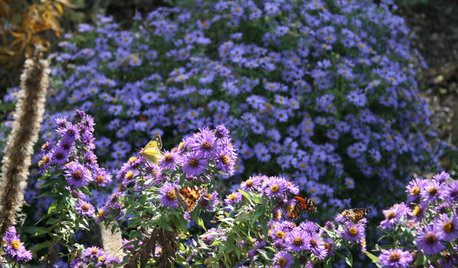
FLOWERS15 Native Flowers That Attract Butterflies
By picking plants from this list that are right for your location, you’ll get colorful blooms and support pretty pollinators
Full Story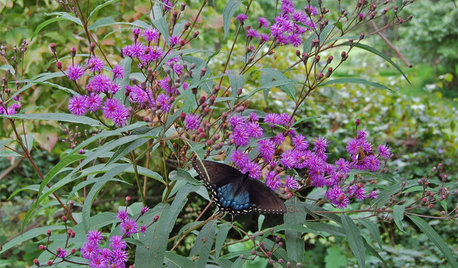
GARDENING GUIDESGreat Design Plant: Vernonia Noveboracensis
Stately New York ironweed attracts pollinators with its blooms at the end of summer and birds with its seeds in fall
Full Story
GARDENING GUIDESGreat Design Plant: Asclepias Incarnata for a Butterfly Garden
Beautiful swamp milkweed makes it easy to help monarchs and other pollinators in eastern U.S. gardens
Full Story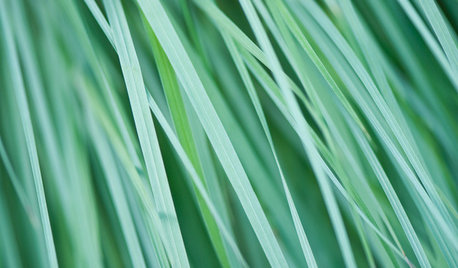
GARDENING GUIDESGreat Design Plant: Little Bluestem Goes Above and Beyond
It thrives in poor soil and provides food and shelter for wildlife. Plus, Schizachyrium scoparium is just a darn pretty native grass
Full Story
FALL GARDENINGBe Your Own Wildflower Nursery
Gather seeds from your garden in fall, and you'll have a selection of plants for next year — without spending a dime
Full Story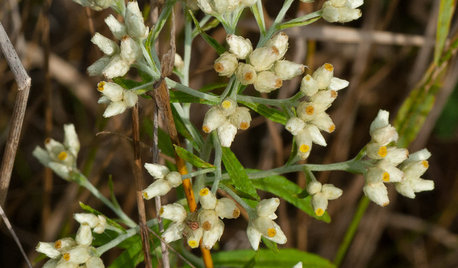
GARDENING GUIDESGreat Design Plant: Pseudognaphalium Obtusifolium, or Rabbit Tobacco
This late-blooming native annual, also known as sweet everlasting, adds spontaneity to landscapes in the eastern United States
Full Story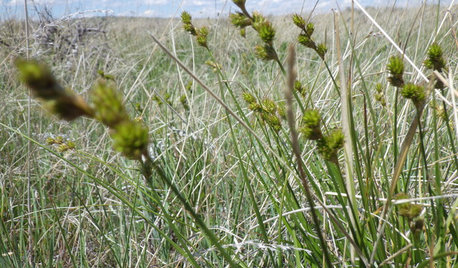
GARDENING GUIDESGreat Design Plant: Carex Brevior
This mounding sedge native to many U.S. states is tough as nails and can replace the traditional lawn in low-traffic areas
Full Story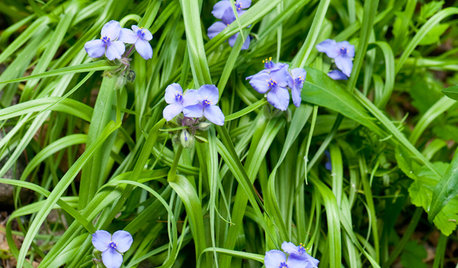
GARDENING GUIDESGreat Design Plant: Tradescantia Ohiensis Adds Shades of Blue
This reliable, adaptable U.S. native provides spider-like foliage and clusters of blue to purple flowers in Eastern gardens each spring
Full StoryMore Discussions






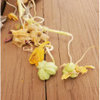

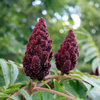
jebfarm